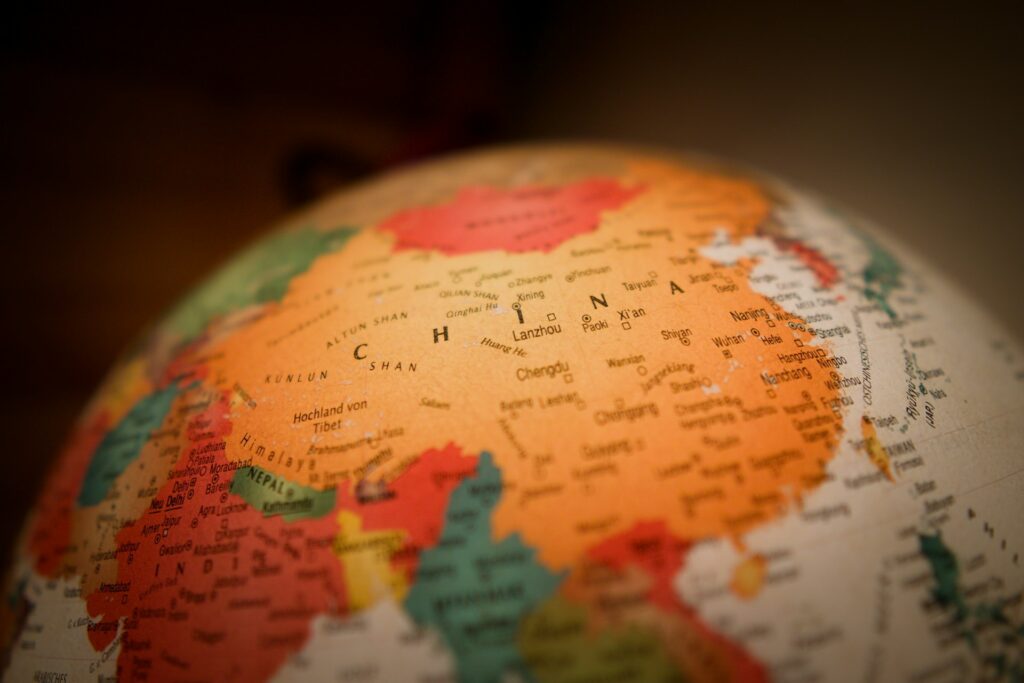China‘s challenge is to continue exporting its excess capacity and expanding its trade networks, said Thomas Gomart, director of the French Institute of International Relations (IFRI).
China’s economy differs from that of developed countries. It stands out for its high state intervention, accelerated growth and strict foreign exchange control. It also shows a unique pattern of resource allocation.
China’s Challenge
Although growth has been remarkable in recent decades, it has not been even. There are wide disparities between regions and sectors. Faced with this, the Chinese government has taken action. It aims to boost economic expansion and better target resources.
In a Coface report, Gomart exposed that China has shown itself to be a pole of stability despite concerns about the viability of its growth model.
«China’s challenge is to continue to export its excess capacity and expand its trade networks. China, a central player in the BRICS (Brazil, Russia, India, China and South Africa, along with Egypt, Ethiopia and other newcomers), has shown how economic emergence can turn into political influence,» Gomart said.
In April 2025, the United States imposed a reciprocal tariff of 34% on Chinese imports. China responded with the same rate. Tiered increases followed until they reached 125%. However, key exemptions on strategic products were maintained.
China applied non-tariff retaliatory measures. It imposed export controls, sanctioned U.S. companies and delayed agricultural purchases. On May 14, 2024, both countries agreed to reduce tariffs to 10% for 90 days. China agreed to eliminate measures adopted since April.
Economic powers
For its part, the European Union faces a competitive challenge economically. Ideologically, the region is struggling to consolidate its position vis-à-vis the United States and Russia.
As long as the war in Ukraine directly affects the European Union, Gomart believes the bloc must prepare to deter Russia in the long term, at a time when the United States is questioning the traditional terms of its military support.
Issues of defense, energy, finance and technology force the Union to reconsider the world in terms of the balance of power between its two main players: the United States and China, in addition to Russia, which poses a threat.
Meanwhile, the European Union must also forge alliances with countries and regions, particularly Africa and Latin America, that wish to continue to benefit from globalization. Reports by Enrico Letta, Mario Draghi and many others have underlined the need for urgent structural reforms.

